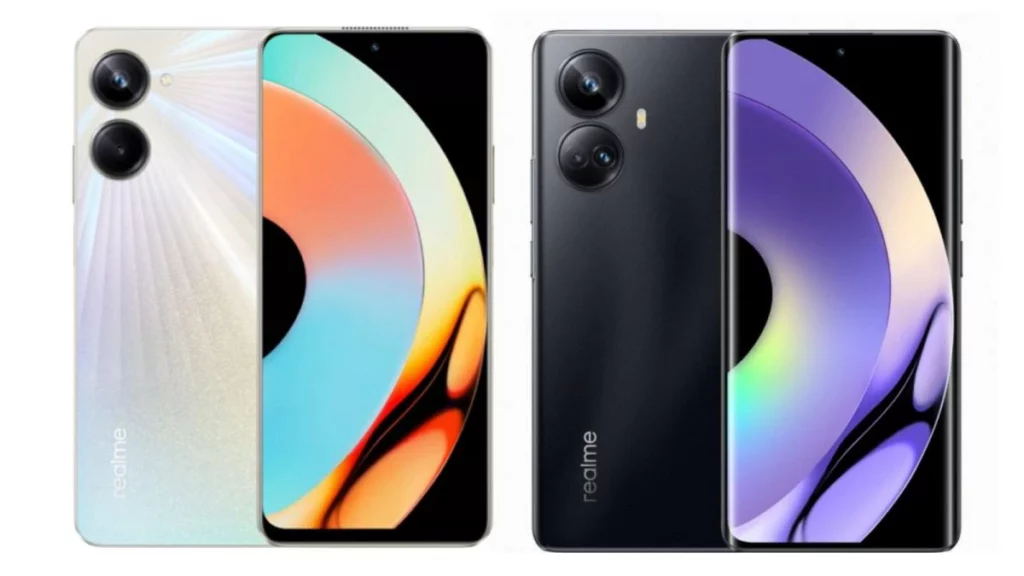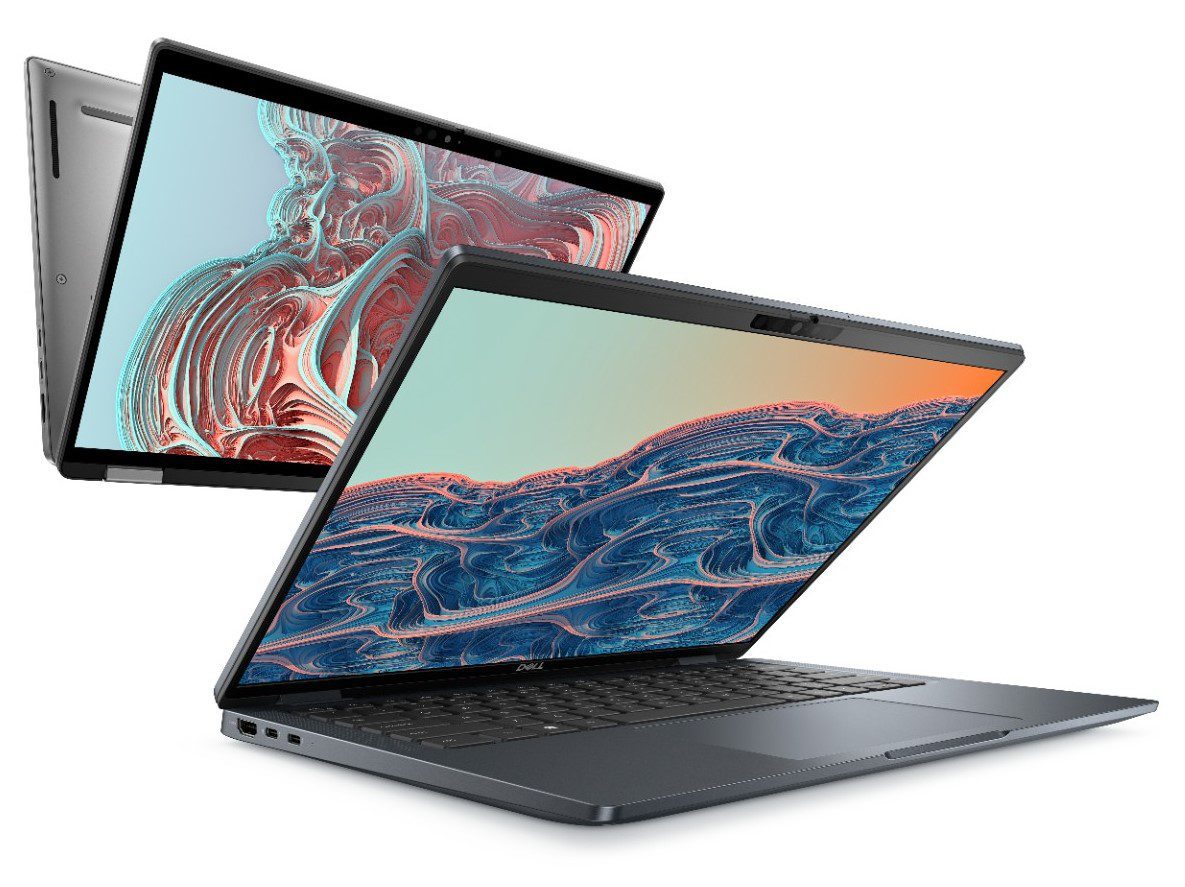I have been using the Realme 10 as my daily driver since it arrived on my desk a few days ago, and it has been proven to be a superb device so far. There is no doubt that this is Realme’s first budget offering in 2023, and it has much to offer. I would like to briefly describe what the Realme 10 offers, such as the MediaTek Helio G99 SoC, the 90Hz refresh rate AMOLED screen, the 50MP dual-rear cameras, and the 5,000mAh battery. It was time to put the handset to the test. We will review the Realme 10 in the following paragraphs to determine how well it performed.
Verdict
As a budget smartphone, the Realme 10 is a capable device perfect for casual gamers and entertainment lovers. The handset has a lovely screen and performs well enough for the price. Additionally, it has an excellent battery life that matches its performance, and its design is pleasing to the eye. You will be left wanting more regarding the cameras and software.

The lowdown
Upon first glance, the Realme 10 looks much like the last year’s Realme 9i 5G (review) and the Realme C33 (review), and we believe it reminds us of “If it ain’t broke, don’t fix it.” Nonetheless, some changes have been made that prove this is an entirely new phone. Nonetheless, some changes have been made that prove this is a completely new phone. The handset has two colour choices: Clash White and Rush Black. I was sent a Clash White review unit to review this product, which looks very subtle. As well as hiding fingerprints and smudges, the polycarbonate glass on the back panel also makes the phone resistant to scratches. Furthermore, the phone’s back panel has a ‘Light Particle’ design that gives it a sparkling finish and a corrugated light effect when light hits it as it hits the surface of the device. This is one of the device’s most appealing features.
- As well as this, the Realme 10 looks a lot like its siblings as well. The phone’s back panel does not have a separate camera module that protrudes from it. There is a flush fit between the rear sensors of the device and the chassis of the device. Even though the handset has flat edges, it is very comfortable to hold and use. To compete in the global market, Realme claims that the smartphone is its slimmest ever. At 7.95mm thick, the Realme 10 is one of the thinnest smartphones on the market. There are just 178 grams that make up the handset’s weight as well. In this way, the device makes it easy to play long games and binge-watch movies for long periods. On the I/O front, the phone has a USB Type-C port at the bottom, a speaker grille on top, and a 3.5mm headphone jack at the bottom. The phone’s right spine houses the volume rocker, the power button, and the fingerprint scanner, while the left spine houses the SIM ejector tray and the microSD card slot, which is dedicated to this device.
- There is no doubt that the Realme 10 display complements the design of the device. A 6.4-inch AMOLED display is mounted on the phone, which features a 90Hz refresh rate, FHD+ resolution, and 1,000-nit maximum brightness. While playing games under direct sunlight, I had some difficulty reading the content displayed on the screen. Besides that, the screen is one of the best you can find. Colours look punchy, sharp, and vibrant in their default settings, while deep blacks and impressive picture quality are a testament to the high contrast ratio of 4 million to one. Widevine L1-certified displays like this one support high-resolution video streaming from several streaming platforms, including Netflix, Disney Plus, and Amazon Prime. However, there is no denying that the phone’s bezels are not as thin as Razer’s. The front-facing camera, the chin, and the punch-hole setup for the selfie camera are noticeable, too. Despite that, the handset offers excellent viewing angles and an immersive experience the viewer will remember.
Regarding the processor, the Realme 10 is powered by the MediaTek Helio G99 octa-core SoC, coupled with a 4G modem, which powers the device under the hood. No need to be surprised, as this isn’t a brand-new chip. The feature has been available on several affordable and mid-range smartphones for several months and can be found on many. The chipset on the Realme 10 is very capable of keeping up with my usage and handling almost every essential task I can throw at it. Also, I tested the phone with multitasking and some graphically-demanding games such as Free Fire Max, and I found that this device handled almost half an hour of intense usage without any hiccups. However, afterwards, I could still use the handset for basic tasks, including watching videos, sending text messages, and checking work-related emails. However, the handset still worked for basic tasks like watching videos, sending text messages, and reviewing work emails afterwards. There was no spike in the device’s thermals during my use, but I was in Delhi-NCR, where the temperature remained well below 20 degrees Celsius for most of my usage time. Benchmarking results for the Realme 10 can be found below:
- Realme has 4GB/ 8GB of RAM to run several apps simultaneously in the background. It has 64GB / 128GB storage onboard, which can be expanded up to 1TB using a microSD card, and dynamic RAM, which uses a portion of the phone’s storage as RAM.
- There are two cameras on the Realme 10’s back: a 50MP sensor and a 2MP B&W sensor. Field-of-view is 77 degrees due to the camera’s f/1.8 aperture and 50MP sensor. The default resolution of sensor images is 12.5MP. My jaw dropped when I saw the daylight shots taken by the sensor. The photos have a lot of detail, good contrast, and dynamic range, and the colours look vibrant and punchy. While HDR avoids oversharpening highlights, AI mode increases colour saturation considerably. No matter what, you can choose whether to enable or disable AI mode. There is a 2x zoom feature, but the results aren’t lossless.
- When shooting portraits with the primary camera, the 2MP lens offers sharp images with good edge detection and bokeh effects if the environment is well-lit. On the Realme 10, night mode is available only for the primary camera. The handset’s camera layout also has a toggle that activates the method with low light, reducing noise. Although night mode smooths out details, clarity goes for a toss. The night mode still provides better results when the sun goes down than the regular mode. The Realme 10 features a 16MP camera for selfies and video calls. When the sun is out, the camera takes decent selfies. In terms of facial detailing, it is acceptable for its class. Skin tone looks accurate, and facial detailing looks accurate.
- Realme 10’s battery lasts all day between charges thanks to its 5,000mAh capacity. Furthermore, the handset supports 33W SuperVooc fast charging, which can recharge a dead battery in about an hour. Realme 10’s software feels dated. While the handset runs Android 12-based Realme UI 3.0 out of the box, it runs atop Android 13 and has November’s security patch, unlike its Pro+ sibling. Bloatware and push notifications both irritated me the most. Suddenly, I was inundated with messages after opening some pre-installed video-sharing apps. Some pre-installed apps, if not all, are removable after the phone is set up. Software features remain the same. Throughout last year, Realme smartphones had similar characteristics. Many features are available on this handset, including Flexible Windows, One-handed mode, Dark Mode, Always-on-Display customizations, and Simple Mode, which brings all utility apps to the front and disables unnecessary ones. In summary, those who enjoy customizing their smartphones will love Realme UI 3.0’s software features.
- I connected to Airtel’s 4G LTE network in Faridabad with the Realme 10. The phone’s high-resolution ultrabook speaker provides up to 200 per cent of the maximum volume. Despite being loud, the phone’s quality is substandard. Listening to songs at 160 or 180 per cent would be best. Also, there’s a side-mounted fingerprint scanner, which isn’t super fast but does the job in a fraction of a second.
Final verdict
There is a Rs 13,999 price for the Realme 10 with 4GB RAM and a Rs 16,999 price for the Realme 10 with 8GB RAM. The Realme 10 is a 4G smartphone, so it cannot connect to the new 5G network. Infinix Hot 20 5G (review) or Realme 9i 5G (review) are two smartphones with 5G capabilities. Currently, both are selling for Rs 14,999 in India.
Despite a few shortcomings, the Realme 10 seems to be a solid option for under Rs 14,000 price tag. It would have dominated its segment with the latest software and better camera hardware. Yet, the phone is notable for its stable performance, vivid display, long battery life, and lightweight, attractive design. Moreover, the Realme smartphone offers a 3.5mm audio jack, NFC, and a microSD card slot.





